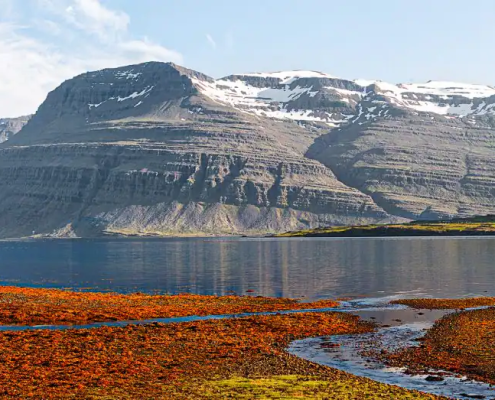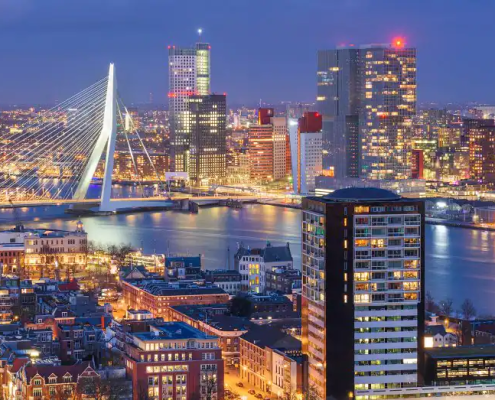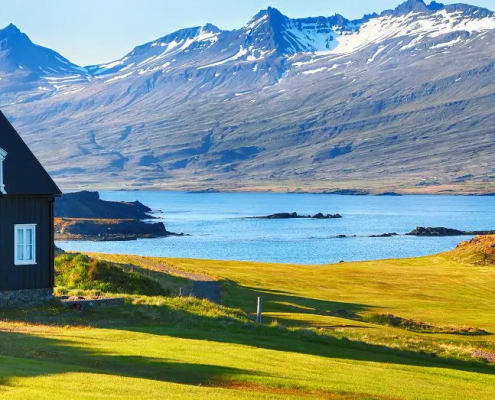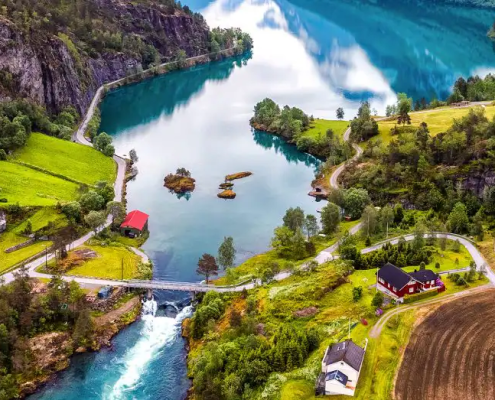JUL 9, 2024
ARRIVES 08:00 AM
DEPARTS 05:00 PM
IN PARTNERSHIP WITH AFAR
Although part of the United Kingdom, Shetland’s roots are as much Norse as Scottish. This is reflected in the archipelago’s many archaeological sites, cultural events and a unique dialect that borrows heavily from Old Norse.
Although economically driven by energy, in particular the North Sea oil industry and a growing number of wind farms, Shetland’s heritage of fishing and textile production lives on. Tradition also drives the islands’ main festivals, including the world-famous Viking-themed Up Helly Aa festival of fire held every January, and smaller folk festivals held throughout the year.
Located midway between Scotland, Norway and the Faroe Islands, the archipelago is home to diverse animal life including the iconic Shetland ponies, easily recognizable by their distinctive short legs and heavy fur coats. Get a closer look at the ponies and the unique black Shetland sheep on the scenic drive to the remarkable Bronze Age archaeological site at Jarlshof. If you choose to linger in Lerwick, head to Commercial Street for the best independent shops and places to eat.
A surprising number of musicians, writers and filmmakers make Shetland their home. The new Mareel center for visual and performing arts is testament to the growing importance of the arts community to the Shetland way of life.











